Are Pore Strips Good or Bad for Your Skin? The Ultimate Guide to That Satisfying Peel
Okay, real talk, beauty squad. Who among us hasn’t experienced that weirdly satisfying, slightly gross, but undeniably compelling moment of peeling off a pore strip? You know the one: you gaze in morbid fascination at the little forest of gunk it’s extracted, feeling like a skincare superhero. Ah, the allure of instant gratification!
But then the little voice in your head pipes up: “Is this actually good for my skin? Or am I just ripping off something vital?” It’s a question that’s sparked countless debates in beauty circles and left many wondering if their beloved pore strips are a secret weapon or a skincare villain.
Here’s our mission: to unpeel the truth (pun absolutely intended!). Let’s settle the “are pore strips good or bad for your skin?” question once and for all.
3 FREE Perfume Samples
We’ve recently created a Whatsapp group for beauty enthusiasts like you! To grow this community we temporarily offer 3 free perfume samples when you join!
Make sure to join asap, we’re running out of free samples soon! After joining, you can place an order and claim the random free samples.

What Do Pore Strips Do?
Before judging, understanding their modus operandi is key. So, what do pore strips do? Simply put, these are adhesive strips designed to physically lift out impurities from your pores. Think of them as a sticky lint roller specifically for areas like the nose, chin, or forehead.
When a pore strip is applied to damp skin, its adhesive side bonds with the gunk lodged in your pores. This “gunk” is usually a mix of two things:
- Blackheads: These are known as open comedones. They are pores clogged with sebum (oil), dead skin cells, and sometimes tiny hairs, which turn dark when exposed to air (this is oxidation, not dirt!).
- Sebaceous Filaments: This is where misconceptions often arise. Sebaceous filaments are not blackheads. They are tiny, hair-like structures that naturally line your pores, facilitating sebum flow to the surface. When extracted, they look like small, greyish-white dots, and they will naturally refill.
Thus, when that strip is removed, it’s primarily pulling out those oxidized blackhead tops and, more commonly, sebaceous filaments. It’s certainly a visually compelling moment!
The “Good”: Why They’re So Compelling
Let’s start with why pore strips have become such a phenomenon. They offer undeniable benefits, even if temporary.
- Instant Gratification: There’s no denying the immediate visual proof. Seeing all those little bits on the strip can feel incredibly satisfying.
- Temporary Pore Appearance: By physically removing some surface debris, pores can look clearer and smaller temporarily.
- Convenience: They’re easy to use, widely available, and offer a quick fix without the need for a professional appointment.
The “Bad”: Why Skincare Experts Are Wary
Now, for the flip side. While that satisfying pull is real, the method itself can be quite harsh. Here’s why many skincare experts are wary:
- Potential for Irritation: The strong adhesive can tug and pull at delicate skin, especially around the nose. This action can lead to redness, tenderness, or even microscopic tears on the skin’s surface. It’s simply not a gentle method.
- Stripping Natural Oils: While designed to remove clogs, pore strips also pull off some of the skin’s vital natural oils and even fine hairs. This can disrupt the skin barrier, potentially leading to dryness. Ironically, it might even trigger the skin to produce more oil in an attempt to compensate for what’s been removed.
- Doesn’t Address the Root Cause: Pore strips provide only a superficial, temporary fix. They do not stop pores from producing sebum or address the underlying reasons for congestion. The removed debris will eventually reform.
- Risk of Broken Capillaries: For individuals with thin, sensitive, or rosacea-prone skin, the aggressive pulling motion can potentially damage tiny blood vessels, leading to visible red lines or spider veins.
- Not for All Skin Conditions: If you have active acne, sunburn, rosacea, eczema, or very sensitive skin, pore strips are a definite no-go. Their use can significantly worsen inflammation and cause more harm than good to an already compromised complexion.
How to Use Pore Strips – Safely
Okay, so the warnings have been heard, but the curiosity persists, or perhaps that satisfying peel is just too hard to resist. If you choose to use pore strips, here’s how to use pore strips and how to make them work better while minimizing potential damage:
1. Cleanse Thoroughly
Begin with a clean face. Use a gentle cleanser to remove any makeup, dirt, or surface oil from the skin.
2. Damp, Not Soaking
Your skin needs to be damp for the adhesive to activate effectively. Avoid soaking wet skin, as too much water can dilute the adhesive. Similarly, insufficient moisture means it won’t stick properly. A freshly washed, slightly moist area is ideal.
3. Apply Smoothly
Carefully peel off the backing and apply the strip to your target area. Smooth it down gently, ensuring full contact across the skin and avoiding wrinkles or air bubbles for optimal adhesion.
4. Mind the Clock: How long to leave them on?
This step is crucial! Always follow the manufacturer’s specific instructions, which typically recommend 10 to 15 minutes. Leaving them on longer will not extract more and only increases the risk of irritation and skin damage as the strip dries and adheres more aggressively. Never leave them on overnight!
5. Peel Gently
Resist the urge to rip it off quickly like a bandage! Instead, slowly and steadily peel the strip from the outer edges towards the center. If it feels painful or causes discomfort, slow down even more to minimize trauma to the skin.
How Often Should You Use It? Less Is More!
Given the potential for irritation, how often should you use pore strips? The best advice is sparingly, if at all.
For those with skin that tolerates them well without any signs of redness, dryness, or increased sensitivity, limit use to once a week at most. Consider them an occasional spot treatment, rather than a regular part of your routine. Overuse can easily lead to more irritation, dry patches, or even rebound oiliness as your skin attempts to compensate for being stripped.

The All-Important Aftercare: What to Do After Using Pore Strips?
The strip has been peeled, the contents assessed – now what? Proper aftercare is vital for calming your skin and supporting its barrier.
- Gentle Cleanse (Optional): A quick splash of cool water can effectively remove any adhesive residue from the strip. Avoid using harsh cleansers immediately afterward.
- Soothe & Hydrate: This step is critical! Your skin needs immediate tender loving care. Apply a hydrating, fragrance-free toner (perhaps one containing rose water or hyaluronic acid) followed immediately by a nourishing moisturizer. Yes, moisturizing after using pore strips is absolutely essential! This helps replenish lost hydration and aids in restoring your skin’s protective barrier, preventing dryness and further irritation.
- Avoid Actives: For at least the next 24 hours, avoid applying any strong active ingredients to the treated area. This includes retinoids, strong AHAs (like glycolic or lactic acids), or BHAs (salicylic acid), as your skin will be more vulnerable post-strip.
- Sunscreen is Your Friend: Always apply a broad-spectrum sunscreen the next day, as the newly exposed skin might be more susceptible to sun damage.
Top 10 Skincare & Bodycare products
Below you can find the most popular skincare products right now on Beautinow.com.
Better, Gentler Alternatives for True Pore Perfection
If the idea of harsh pulling makes you cringe (or your skin simply can’t handle it), fear not! There are far more effective and skin-friendly ways to manage clogged pores and blackheads for lasting results:
Chemical Exfoliants with Salicylic Acid (BHA)
This ingredient is a true hero for congested pores. Salicylic acid is oil-soluble, meaning it can dive deep into pores, effectively dissolving sebum and dead skin cells from within to prevent clogs. Look for BHA cleansers, toners, or serums.
Clay Masks
These are excellent for drawing out impurities and absorbing excess oil without any harsh pulling. They serve as a fantastic weekly treatment to clarify the skin.
Retinoids (Retinol or Prescription)
These powerhouse ingredients increase cell turnover, helping to keep pores clear and preventing future clogs. They represent a long-term strategy for achieving smoother, clearer skin.
Oil Cleansing/Balms
The principle of “like dissolves like” applies here! A good oil cleanser can effectively dissolve sebum plugs and makeup, often leading to “grits” (the loosened plugs) coming out gently during the cleansing process.
Professional Treatments
For stubborn or persistent blackheads, a professional facial with gentle extractions performed by a licensed esthetician is consistently the safest and most effective option.
Consistent Skincare Routine
Ultimately, the most robust defense against clogged pores is a consistent daily skincare routine that includes gentle cleansing, targeted exfoliation suited to your skin type, and proper, balanced hydration. This provides sustainable long-term care.
The Final Verdict: Proceed with Caution
So, are pore strips good or bad for your skin? The answer is nuanced, truly. They offer instant, visual gratification but are largely a superficial fix that can potentially cause irritation, especially if misused. They aren’t going to permanently shrink pores or stop blackheads from forming.
If choosing to use them, do so sparingly and meticulously follow every single safety tip. However, for genuine, lasting pore clarity and overall healthier skin, investing in a consistent routine featuring gentle chemical exfoliants and regular cleansing is always the superior path. Your skin will certainly appreciate the gentle love and consistent care!
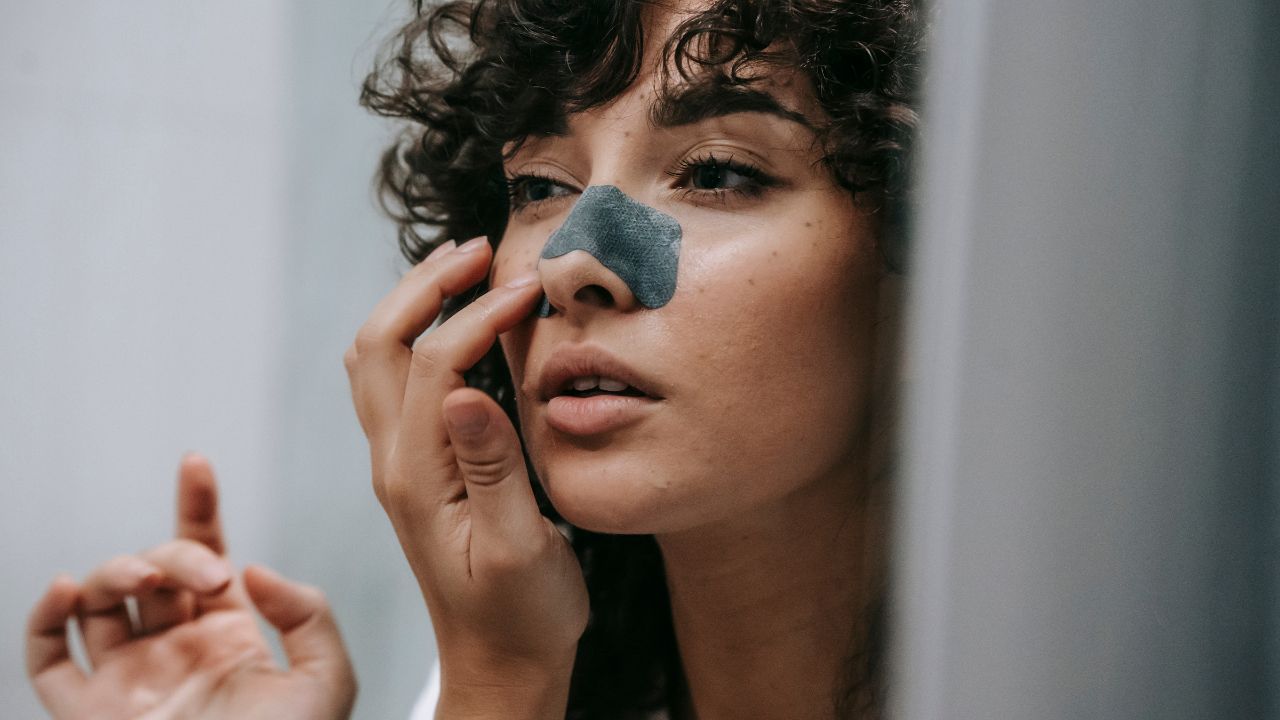
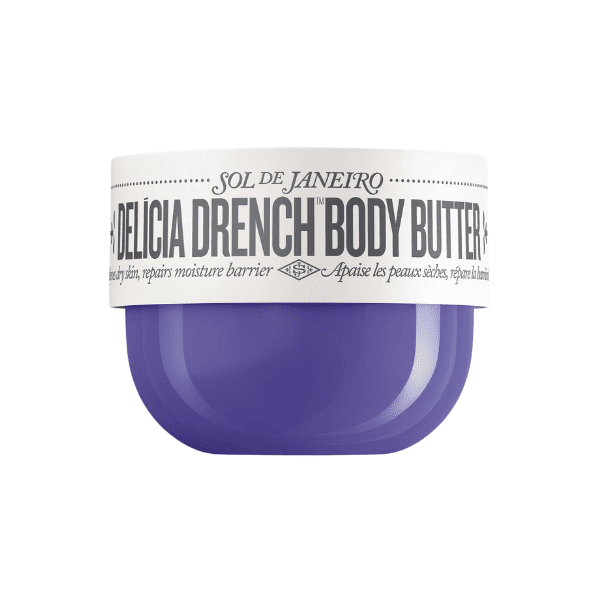
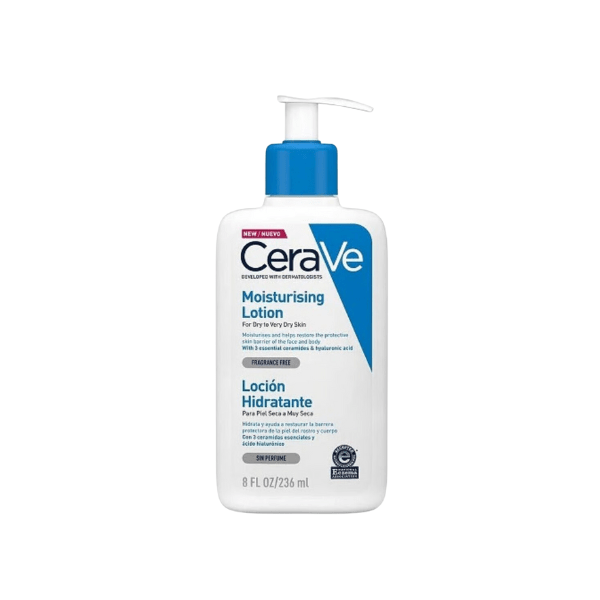
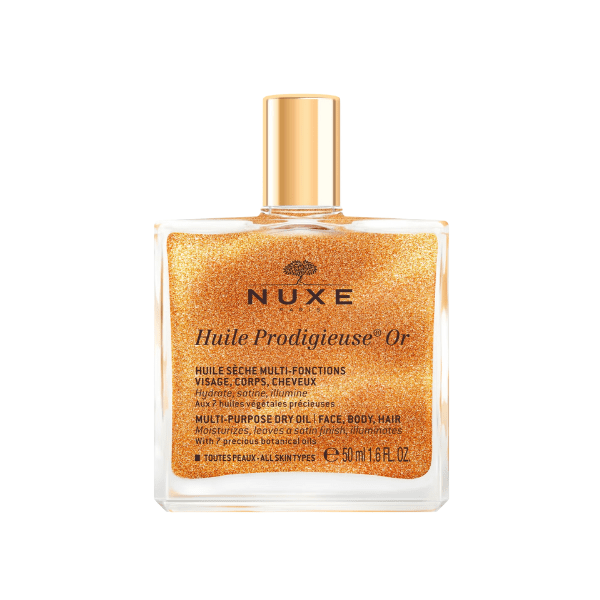
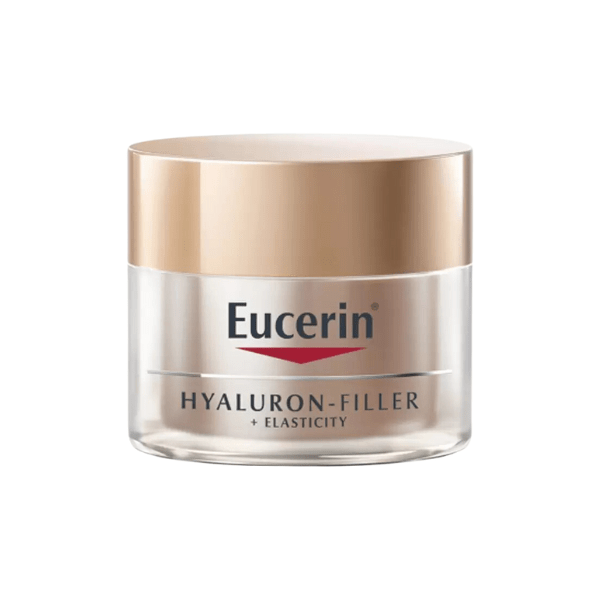
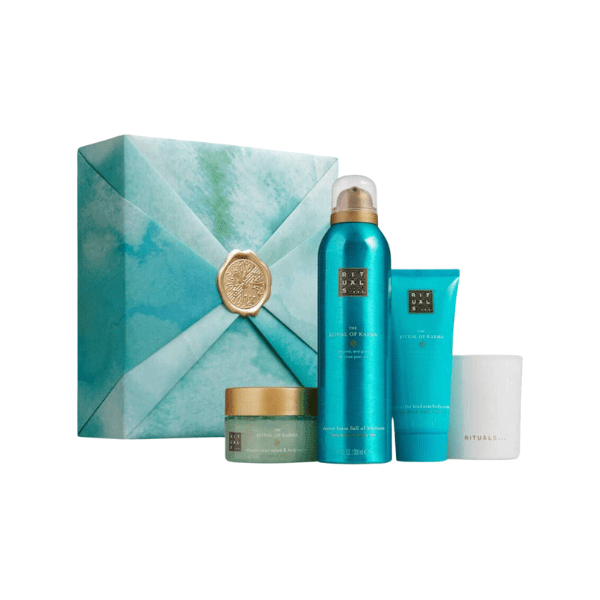

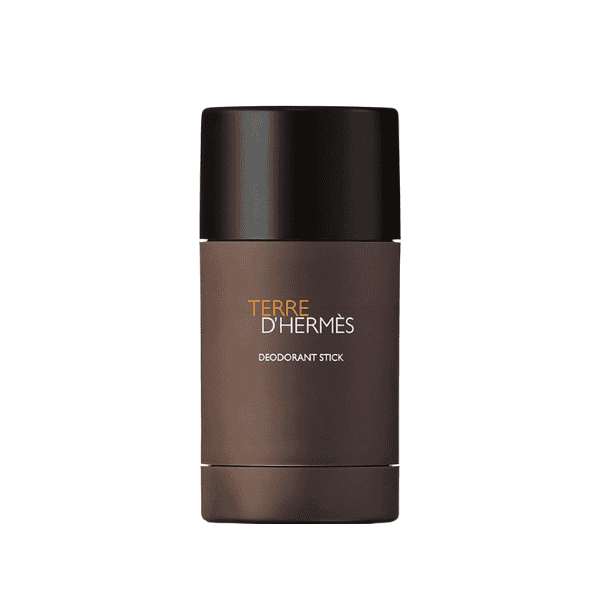

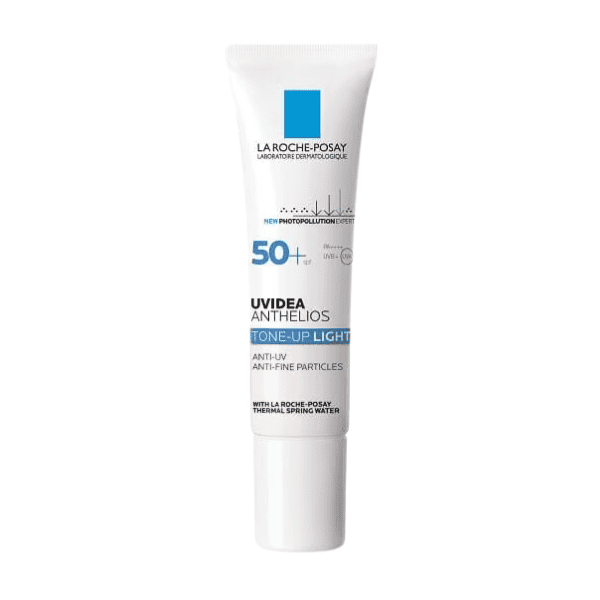
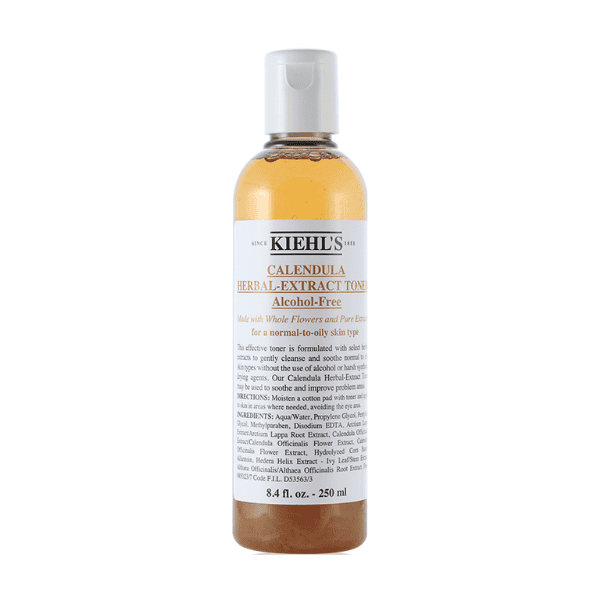
aql9vt
chl4i1
50lnlx
tqb5sw
4mmi3m
2symo0
ii5tch
75kpdq
rpkheh
j671sh
g3mdxr
a2wk1r
eu2qc3
qykpe6
q94ppm
igg17e
vn96sy